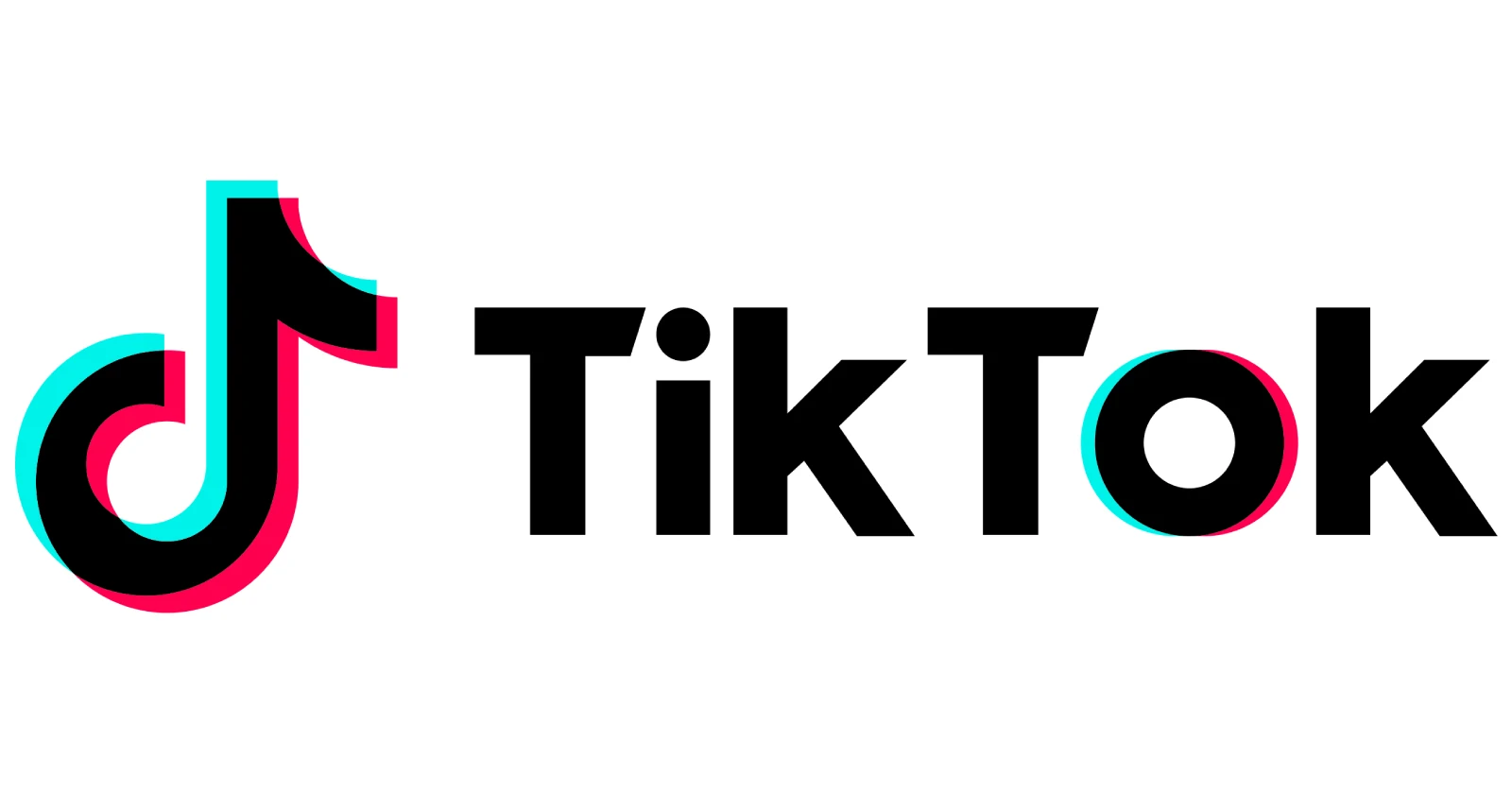If there was ever any question about TikTok’s hold on America, the latest stats shut it down. After reappearing on iPhone and Android app stores last week, the video app’s downloads jumped to more than twice its usual rate. Meanwhile, rival platforms that briefly thrived during TikTok’s absence are now scrambling to keep up.
Take Rednote, for example. The app, often dubbed China’s answer to Instagram, saw its moment in the spotlight when TikTok faced a possible ban. Downloads of Rednote soared as users hunted for alternatives. But the second TikTok came back, Rednote’s downloads crashed by 91% in just five days, as highlighted by Bloomberg. Even its daily users, still 25% higher than before TikTok’s hiatus, can’t mask the reality: when TikTok’s around, few apps stand a chance.
It’s not just Rednote feeling the heat. Big names like YouTube, Snapchat, Facebook, and Instagram — all of which gained users during TikTok’s brief removal — saw their growth stall or reverse once the platform returned. TikTok’s comeback wasn’t just a win for fans. It highlighted how deeply the app has woven itself into daily life, from dance challenges to news bites.
But the drama isn’t over. While TikTok’s return boosted downloads, its parent company, ByteDance, reportedly lost out on $142 million during the weeks the app was gone. Even now, the daily spending on the platform is around $4.7 million, slightly below pre-removal levels.
Money aside, the bigger battle is political. Former President Donald Trump recently claimed he might consider extending the 75 day deadline for ByteDance to sell its U.S. operations, pushing the cutoff to April. So far, ByteDance has refused to sell, despite interest from buyers like Perplexity AI and ex-sports mogul Frank McCourt.
Yet TikTok’s influence stretches beyond its 170 million U.S. users. Competitors have reshaped their apps to mimic its short-video format, proof of its cultural footprint. Whether it’s teens, politicians, or celebrities, everyone’s glued to the feed.
TechIssuesToday primarily focuses on publishing 'breaking' or 'exclusive' tech news. This means, we are usually the first news website on the whole Internet to highlight the topics we cover daily. So far, our stories have been picked up by many mainstream technology publications like The Verge, Macrumors, Forbes, etc. To know more, head here.


